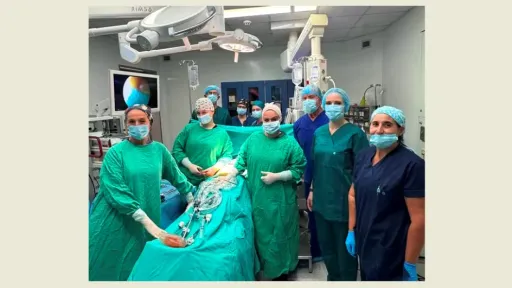Türkiye to memorialize Srebrenica genocide with new museum

The museum will be housed in a former battery factory, a symbolic site where United Nations soldiers were stationed during the Bosnian War and where the genocide was carried out
TIKA President Serkan Kayalar, who attended the signing ceremony held at the former battery factory on Friday, spoke to journalists about the project. He mentioned that before the signing, they visited the graves of the martyrs in Srebrenica to pay their respects and offer prayers.
“We have been working for three years to transform this factory into a museum. We first renovated its roof and carried out essential repairs and installations necessary before it could be converted into a museum," Kayalar said.
He added, "We will sign the protocol and swiftly proceed with the tender process to begin the museum’s construction. If all goes well, we aim to open this museum, as instructed by our President Recep Tayyip Erdoğan, as a global genocide memorial by next year.”
Kayalar emphasized the immense suffering experienced in Srebrenica and noted that the world has yet to fully confront this tragedy. He expressed the desire to share the pain of the victims with the global community.
Local authorities noted that the Republic of Türkiye is Srebrenica's largest benefactor.
What happened in Srebrenica?
On July 11, 1995, the town of Srebrenica was captured by Serb forces led by Ratko Mladic.
Bosniak civilians who sought refuge with Dutch soldiers under the United Nations’ protection were later handed over to the Serbs. While women and children were allowed to reach Bosniak-controlled areas, at least 8,372 Bosniak men were massacred in the surrounding forests, factories and warehouses. The victims were buried in mass graves.
In the aftermath of the war, efforts were made to locate the missing victims. The remains found in mass graves are identified and reburied at the Potocari Memorial Cemetery each year on July 11. Despite the passage of 29 years, the remains of more than 1,000 genocide victims have yet to be found.
AA







